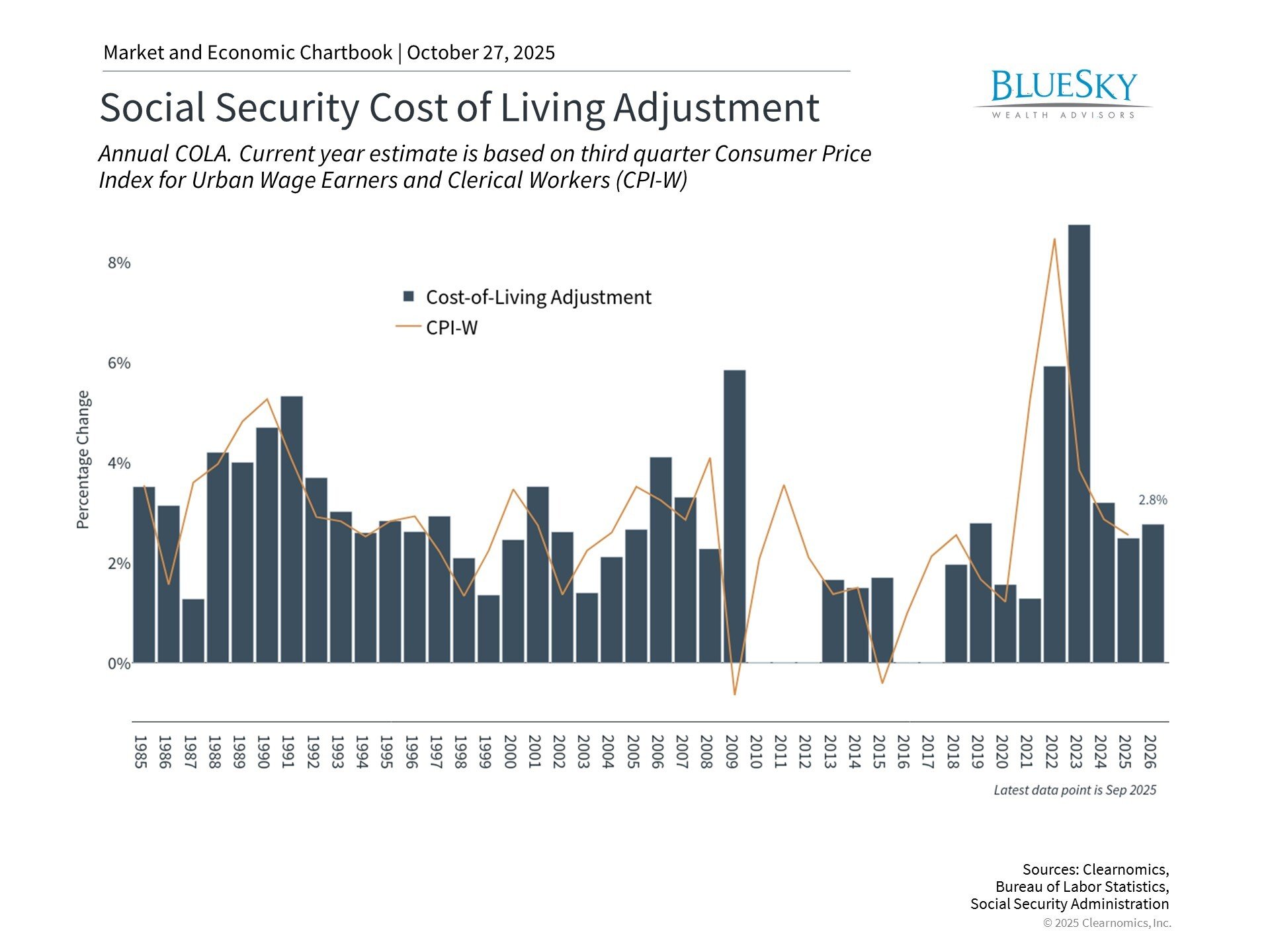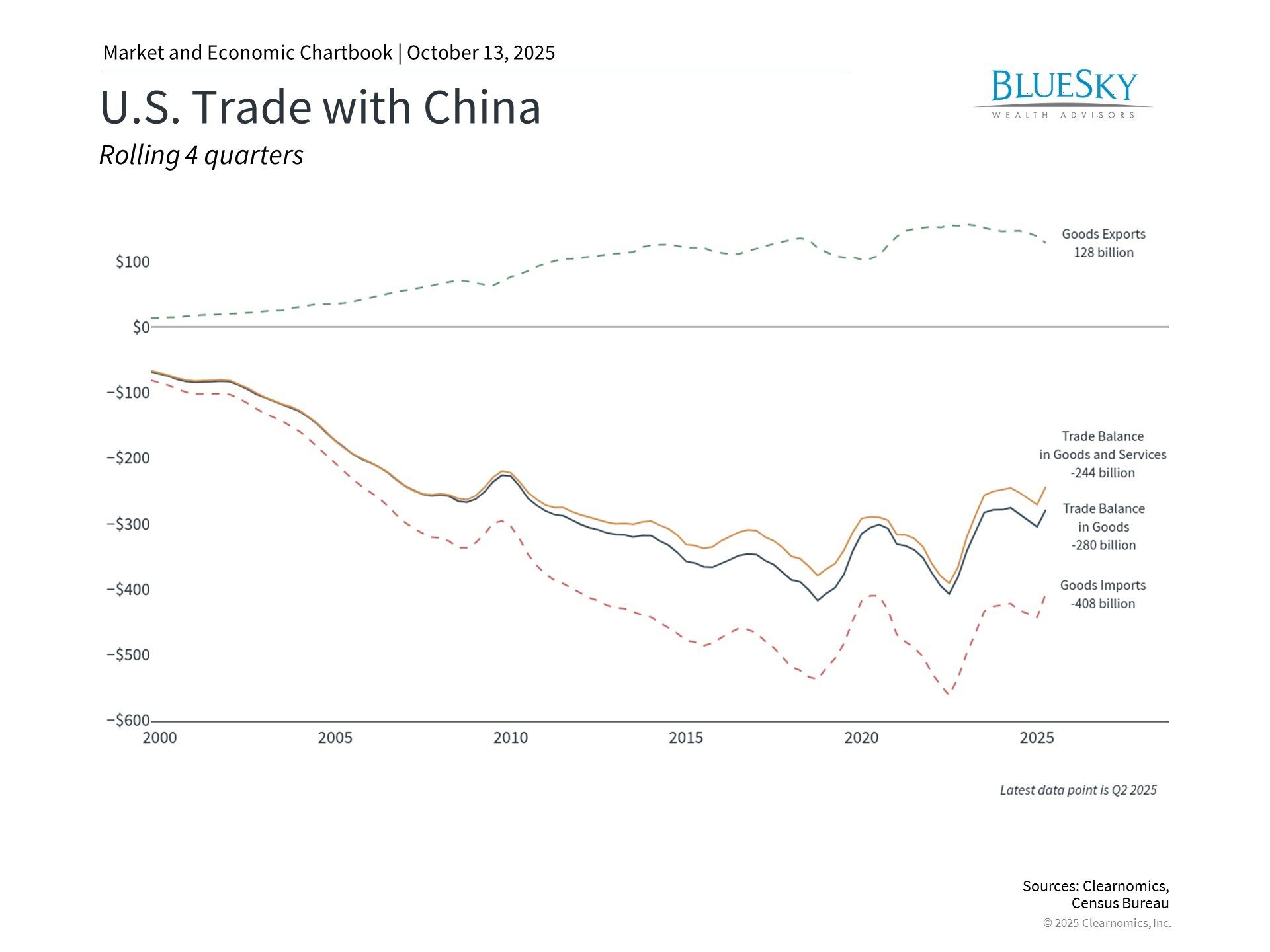
AI Is the Next Biggest Investing Theme
AI Is the Next Biggest Investing Theme

As technology advances rapidly, it becomes increasingly clear that Artificial Intelligence (AI) is not just a buzzword or a passing trend. It has already proven a game changer in many industries, and its potential for growth and impact is unparalleled. AI has become an integral part of our daily lives, from self-driving cars to virtual assistants, and its capabilities will only expand in the coming years.
As such, it’s no surprise that investors have taken notice and are turning towards AI as the next biggest investing theme. In this article, we will delve into the world of AI and explore why it garners so much attention from investors. We will also discuss the potential risks and rewards of investing in AI and why it is an exciting time for those looking to capitalize on this emerging trend. Keep reading to find out more!
The Rising Significance of AI

The concept of artificial intelligence (AI) has been around for decades, with roots dating back to the 1950s. However, it was only through recent advancements in technology and computing power that AI made significant strides toward practical applications. In the past few years, we have seen an explosion of AI-driven technologies across various industries, such as healthcare, mutual funds, manufacturing, and more.
In fact, according to a report by IDC, global spending on AI is predicted to reach $97.9 billion in 2023, which is more than double the amount spent in 2019. This highlights the rapid growth and adoption of AI in businesses worldwide. For example, in the healthcare industry, AI has been utilized for tasks such as medical image analysis and drug discovery. In finance, AI is being used for fraud detection and algorithmic trading.
How To Invest In AI Stocks

AI innovation sprawls across various sectors, demonstrating substantial growth and transformation potential. Among the most notable areas attracting investment include some of the following:
Machine Learning and Deep Learning
Machine learning and deep learning are among AI’s most exciting and rapidly evolving areas. Machine learning involves training computer systems to recognize patterns and make decisions without being explicitly programmed. In contrast, deep learning uses layers of complex algorithms to learn from large amounts of data. This technology has shown groundbreaking advancements in natural language processing, image recognition, and predictive analytics of multiple AI stocks.
For example, you may have used a virtual assistant like Siri, Google Assistant, or Bing search engine to set reminders or answer questions. These assistants use machine learning algorithms to understand your speech patterns and provide accurate responses. As these technologies continue to improve and become more widespread, the demand for machine learning and deep learning solutions is expected to grow, making it a promising area for investment.
Robotics
Another area of AI that has captured investors’ attention is robotics. With advancements in technology and materials, robots are becoming increasingly sophisticated and able to perform tasks precisely and quickly. They have been utilized in industries such as manufacturing and logistics to improve efficiency and accuracy. In the coming years, we can expect to see more AI-driven robots being used in various sectors, making it a promising area for investment.
For example, AI companies like Boston Dynamics and Softbank Robotics are leading the way in developing advanced robots for commercial use. These companies have attracted significant investments from venture capitalists and large corporations looking to incorporate robotics into their operations.
Internet of Things (IoT)
The Internet of Things (IoT) refers to the interconnectedness of various devices through the internet. This technology has been growing in importance, and with the integration of AI, it has become even more powerful. AI-powered IoT devices can collect and analyze vast amounts of data, enabling them to make real-time decisions and automate processes. This has increased efficiency and cost savings for businesses utilizing IoT solutions.
Investment opportunities in this sector are expected to grow as more companies incorporate AI-driven IoT devices into their operations. According to a report by Market Research Future, the global AI in IoT market is expected to reach $16.2 billion by 2025, growing at a CAGR of 28% from 2019.
Healthcare
The integration of AI in healthcare marks a revolutionizing step towards enhancing diagnostic accuracy, patient care, and treatment outcomes. AI’s potential in healthcare is vast, from AI-powered diagnostic tools that can detect diseases with unprecedented precision to personalized medicine algorithms that tailor treatment plans based on an individual’s genetic makeup. Furthermore, AI-driven robotics are assisting surgeons in performing complex procedures with greater accuracy and efficiency.
Indeed, the use of AI in healthcare is optimizing operational efficiencies and pioneering new realms of patient care and medical research. With continuous advancements and an increasing acceptance of AI technologies within the medical community, the healthcare sector stands on the cusp of a transformative era, promising better healthcare services and improved patient outcomes globally. This burgeoning sector thus offers significant investment opportunities for those looking to contribute to a future where healthcare is more accessible, accurate, and personalized.
Autonomous Vehicles
Autonomous vehicles, or self-driving cars, have gained significant attention recently. These vehicles use AI and other advanced technologies to navigate roads and make decisions without human intervention. This technology has the potential to revolutionize transportation by reducing accidents, improving traffic flow, and increasing accessibility for individuals with disabilities or limited mobility. Major companies such as Tesla, Google’s Waymo, and Uber have invested heavily in autonomous vehicle technology with the intention of introducing fully self-driving cars.
For example, Tesla’s Autopilot feature uses AI algorithms to control steering, acceleration, and braking based on real-time data from cameras and sensors. With a growing demand for safer and more efficient transportation solutions, the autonomous vehicle industry presents a promising area for AI investment. As technology continues to improve and regulatory barriers are overcome, this sector is expected to experience significant growth in the coming years.
Financial Services
AI in the financial services industry has already begun transforming how we think about banking, investing, and managing our finances. Rapid technological advancements have integrated AI into various aspects of financial services, including fraud detection, risk assessment, and customer service. One notable example is using chatbots powered by natural language processing (NLP) algorithms to provide customers with personalized financial advice and assistance.
Additionally, AI-driven robo-advisors have emerged as a popular option for investment management, using machine learning algorithms to analyze market trends and make data-driven investment decisions. This improves the efficiency of financial services and provides more accessible and affordable options for individuals looking to invest their money. As the financial services industry continues to embrace AI, there is a growing demand for investment in this sector, with opportunities for startups and established companies.
Factors to Consider Before Investing in AI

While the potential for growth and profitability in the AI sector is undeniable, there are also important factors to consider before making investment decisions. These include the following factors:
Market Demand and Potential
Evaluating market demand and potential is paramount when considering investments in the rapidly evolving domain of Artificial Intelligence (AI). This scrutiny provides a forecast of the technology’s adoption curve and offers insights into its potential to solve real-world problems, disrupt existing markets, and create new demand paradigms. For instance, if you’re a stakeholder in a retail company considering an investment in AI to enhance customer experience.
By analyzing market demand, you notice a growing consumer preference for personalized shopping experiences, a trend strongly supported by AI’s capacity to analyze vast amounts of consumer data and offer tailored recommendations. This insight not only underscores the alignment of AI technology with market needs but also hints at the vast potential for AI to revolutionize retail by making stock market shopping more personal, efficient, and engaging. Thus, accurately assessing market demand and potential becomes a crucial step in identifying viable AI investment opportunities that can drive significant market transformation and deliver substantial returns.
Technology Advancements and Trends
The rapid pace of technology advancements in AI has introduced a slew of new possibilities for businesses, such as improved operational efficiencies, cost savings, and enhanced customer experiences. To make informed investment decisions in AI, it’s crucial to keep up with the latest technological trends and evaluate how they align with market needs. For instance, integrating AI with Internet of Things (IoT) devices has opened up new avenues for data collection and analysis, providing valuable insights for businesses across industries.
Similarly, natural language processing (NLP) advancements have made conversational AI a powerful tool for customer service and personalized interactions. By staying abreast of these trends and understanding their potential impact on various industries, investors can identify promising AI infrastructure opportunities and stay ahead of the curve.
Regulatory Environment
The regulatory environment plays a critical role in developing and deploying AI technologies. Investors must understand the legal frameworks governing AI’s use and the potential for future regulations that may impact investment prospects. Countries and regions may have varying approaches to AI regulation, focusing on privacy, security, and ethical considerations. For example, the European Union’s General Data Protection Regulation (GDPR) imposes strict rules on AI tools that process personal data, potentially affecting companies’ operational models.
In contrast, other jurisdictions might adopt more laissez-faire policies to encourage innovation. Balancing the need for regulation to ensure AI’s safe and ethical use without stifling technological advancement is a complex issue that investors must navigate. Monitoring these regulatory trends is essential for assessing the risk and ensuring that large language models remain compliant and sustainable in the long term.
Talent and Expertise
AI technology is driven by a highly specialized talent pool of data scientists, machine learning engineers, and AI researchers. The demand for these professionals continues to rise as investment in AI grows, creating a competitive landscape for recruiting top talent. Before investing in an AI investing company or startup, it’s essential to carefully evaluate the team behind the technology. Assessing their credentials, experience, and ability to deliver on promises is crucial for determining the investment’s potential success.
Investors should also consider the company’s ongoing efforts to attract and retain top AI space talent and their strategies for knowledge transfer and upskilling existing employees to keep pace with technological advancements. Investing in companies prioritizing developing and maintaining a skilled workforce will better position them to drive innovation and stay ahead in the competitive AI landscape.
Competitive Landscape
Understanding the competitive landscape is crucial for assessing potential AI investments’ viability and long-term success. Investors must identify companies’ competitive advantages, their market position, and how they differentiate themselves from competitors. This analysis should also thoroughly evaluate a company’s products or services, its target market, and its potential for scalability and sustainability.
Additionally, keeping an eye on emerging players in the AI market can provide valuable insights into potential disruptors and new investment opportunities. This information is vital for making informed decisions about where to invest in AI and which companies have the most significant growth potential on individual stocks over time.
Business Model
Investing in AI requires thoroughly understanding the target company’s business model. This includes evaluating their revenue streams, cost structure, and potential for profitability. While some companies may generate revenue from selling AI-powered products or services directly, others may leverage AI as part of their operational processes to drive efficiency and cost savings.
Investors should assess the scalability and sustainability of a company’s business model and how AI technology drives long-term growth. Companies with a solid business model and a clear path to profitability are better positioned for success in the competitive AI market.
Risk Assessment
As with any investment, there is always an element of risk involved when investing in AI. Investors must carefully assess the potential risks associated with their investments, including technical, regulatory, and market risks. For example, technical risks may include the technology’s reliability, scalability, and potential for data breaches or bias.
On the other hand, regulatory risks may involve compliance with privacy laws or regulation changes that could impact the company’s operations. Investors must also evaluate market risks, such as changing consumer preferences or shifts in demand for global x robotics artificial products and services. A thorough risk assessment should be crucial to any investment decision to mitigate potential losses and ensure long-term success in the AI market.
Challenges Faced in AI Investment

Despite the significant potential for growth and innovation, investing in AI comes with challenges. Below are ten of the most common challenges investors may face when considering AI investment opportunities.
- Lack of transparency: Lack of transparency in how AI systems make decisions can be a significant hurdle for investors. This “black box” problem, where the decision-making process is not easily understandable or explainable, can raise concerns about accountability and trustworthiness. The inability to discern how artificial intelligence ETF models arrive at conclusions or predictions may lead to uncertainty around the reliability and fairness of these systems. Investors need to consider the impact of this lack of transparency on customer acceptance and regulatory compliance, potentially affecting the long-term viability of x robotics artificial intelligence ventures.
- Data quality and bias: Quality data is essential for training AI models, and poor-quality or biased data can significantly impact the technology’s performance and accuracy. Ensuring datasets are diverse, representative, and bias-free is crucial to producing fair and reliable AI systems. Investors must understand how a company sources its data, how they address potential biases, and assess the risks associated with using biased or unrepresentative data.
- Changing regulations: As previously mentioned, the regulatory landscape for AI is continuously evolving, making it challenging to keep up with compliance requirements. Investors must stay informed about changes in privacy laws and other regulations that may affect publicly traded companies’ operations and ensure they remain compliant to avoid potential legal repercussions.
- Cybersecurity risks: With AI technology’s increasing integration into various industries, the potential for cyberattacks and data breaches also rises. These risks can significantly impact a company’s operations, reputation, and financial stability. Investors must carefully evaluate a company’s cybersecurity measures and ability to protect sensitive data in today’s increasingly digital landscape.
Conclusion
While investing in AI presents significant opportunities for growth, innovation, and profit, it also comes with a unique set of challenges that require careful consideration. Investors must diligently evaluate the technology and team behind potential investments, understand the competitive landscape, clearly grasp the business model, and conduct a thorough risk assessment. These steps are essential to successfully navigating the complex and rapidly evolving AI market.
Additionally, being mindful of common hurdles such as lack of transparency, data quality and bias, changing regulations, and cybersecurity risks can prepare investors to make more informed decisions. By approaching AI investment with a balanced perspective on its potential and pitfalls, investors can position themselves to capitalize on the transformative power of artificial intelligence while minimizing potential downsides.





